Joseph Stalin was one of the most powerful and controversial figures of the 20th century. As the leader of the Soviet Union from the mid-1920s until his death in 1953, Stalin transformed a largely agrarian country into an industrial superpower. However, his rule was also marked by brutal repression, widespread purges, forced labor camps, and the deaths of millions. While some praise Stalin for modernizing the Soviet Union and defeating Nazi Germany, others condemn his tyrannical methods and the human cost of his rule.
Stalin’s legacy remains deeply divisive, both in Russia and around the world. For some, he is remembered as a strong leader who helped elevate the USSR into a global power. For others, he is a symbol of totalitarianism, fear, and state violence. Understanding Stalin’s life and leadership offers insight into the complexities of dictatorship, ideology, and the devastating effects of unchecked political power.
Early Life and Revolutionary Beginnings
Joseph Stalin was born Ioseb Besarionis dze Jughashvili on December 18, 1878, in Gori, Georgia, then part of the Russian Empire. Raised in a poor household by a shoemaker father and a devout mother, Stalin grew up in a harsh environment. His early education was at a church school, where he later entered the Tiflis Theological Seminary. It was there that Stalin was first introduced to the revolutionary ideas of Marxism, which would shape his political beliefs and future actions.
In the early 1900s, Stalin joined the Bolshevik faction of the Russian Social Democratic Labor Party, led by Vladimir Lenin. He quickly rose through the ranks due to his organizational skills and loyalty to the Bolshevik cause. Stalin took part in revolutionary activities, including bank robberies and strikes, to fund the movement. After the Bolsheviks seized power in the October Revolution of 1917, Stalin held various government positions. He became known for his ruthlessness and ability to manage party affairs, eventually securing a key position as General Secretary of the Communist Party in 1922—a role that gave him control over appointments and party structure.
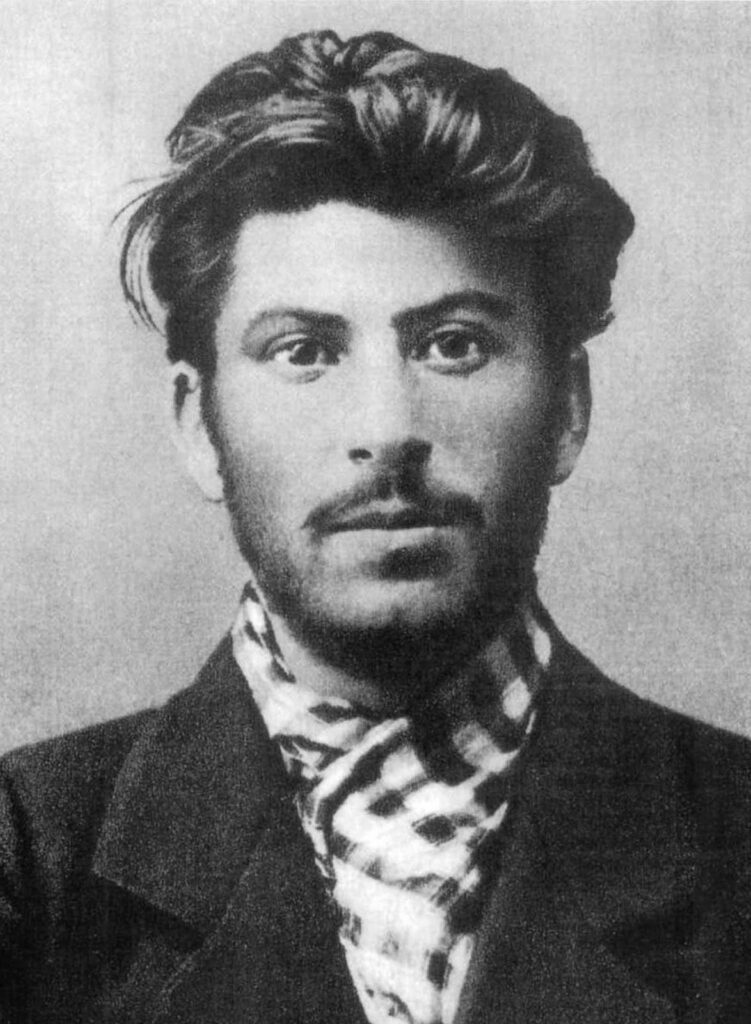
Rise to Power After Lenin’s Death
After Vladimir Lenin died in 1924, a power struggle broke out among the top leaders of the Communist Party. Stalin initially positioned himself as a moderate who would continue Lenin’s vision, but behind the scenes, he worked to eliminate his rivals. He skillfully used his position as General Secretary to outmaneuver opponents like Leon Trotsky, Grigory Zinoviev, and Lev Kamenev. By the late 1920s, Stalin had consolidated power and became the undisputed leader of the Soviet Union.
Stalin’s rise to power marked a shift from Lenin’s more collective leadership style to an authoritarian regime centered on one man. Through propaganda, purges, and strategic political alliances, Stalin eliminated dissent and built a cult of personality around himself. Portraits, statues, and speeches glorified him as the “father of the nation” and the “wise leader” who would guide the USSR to greatness. By 1929, Stalin had complete control of the party, the government, and the military—turning the Soviet Union into a totalitarian state.
The Five-Year Plans and Forced Industrialization
One of Stalin’s major goals was to rapidly industrialize the Soviet Union and transform it into a modern economic power. To achieve this, he launched a series of ambitious Five-Year Plans starting in 1928. These plans aimed to boost heavy industry, increase agricultural production, and reduce reliance on the West. Massive factories, steel plants, and infrastructure projects were built across the country, often at great human and environmental cost.
To finance industrialization, Stalin collectivized agriculture, forcing millions of peasants to give up their land and work on state-run collective farms. This policy was met with widespread resistance and led to chaos in the countryside. Many peasants destroyed crops and livestock in protest, while others were arrested or killed. The result was a devastating famine, particularly in Ukraine, where millions died during the Holodomor between 1932 and 1933. Despite the tragedy, Stalin continued to push forward, claiming progress and blaming “enemies of the people” for the setbacks.
The Great Purge and Repression
During the 1930s, Stalin launched the Great Purge—a brutal campaign of political repression aimed at eliminating perceived threats to his rule. Using the secret police (NKVD), Stalin orchestrated mass arrests, show trials, forced confessions, and executions. High-ranking party officials, military leaders, intellectuals, and ordinary citizens were accused of being traitors, spies, or saboteurs. Many were sent to labor camps known as Gulags, where millions would die from overwork, hunger, and harsh conditions.
The atmosphere of fear and suspicion spread across all levels of society. Even those closest to Stalin were not safe; longtime allies like Nikolai Bukharin and Genrikh Yagoda were executed during the purges. The purges weakened the military on the eve of World War II and created a culture of paranoia that would last for decades. Stalin’s use of terror was designed to ensure absolute loyalty and eliminate any potential opposition, solidifying his control but causing immense suffering and loss of life.
World War II and the Fight Against Nazi Germany
World War II marked a defining chapter in Stalin’s leadership. Initially, in 1939, Stalin signed the Molotov-Ribbentrop Pact with Adolf Hitler, a non-aggression agreement that shocked the world. This pact allowed the Soviet Union to occupy parts of Eastern Europe, including eastern Poland and the Baltic states. However, the alliance was short-lived. In June 1941, Nazi Germany launched Operation Barbarossa, a massive invasion of the Soviet Union.
Caught off guard, Stalin initially struggled to respond, but the Soviet Union eventually regrouped and pushed back. Key battles like the Siege of Leningrad, the Battle of Moscow, and the turning point at Stalingrad in 1942–1943 showcased Soviet resilience and military might. Stalin took direct control of military strategy and was hailed as a war hero by Soviet propaganda. By 1945, Soviet forces had captured Berlin, and the Red Army was instrumental in the defeat of Nazi Germany. Stalin emerged from the war as a global superpower leader and negotiated Soviet interests at key conferences with Allied leaders.
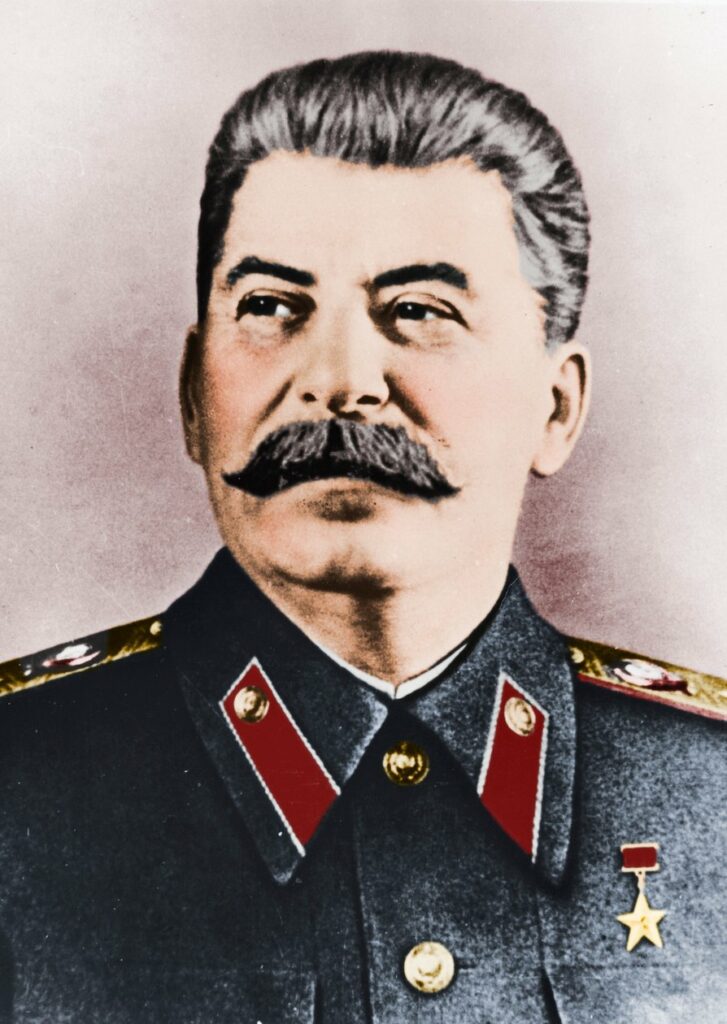
Post-War Expansion and the Cold War
After World War II, Stalin focused on expanding Soviet influence across Eastern Europe. He installed communist governments in countries like Poland, Hungary, Czechoslovakia, and East Germany, creating a Soviet-controlled bloc known as the Eastern Bloc. This expansion alarmed the West and triggered the start of the Cold War—a period of intense rivalry between the Soviet Union and the United States that lasted for decades.
Stalin continued to maintain strict control within the USSR while spreading communist ideology abroad. The Iron Curtain divided Europe, and both sides engaged in propaganda, espionage, and an arms race. At home, Stalin tightened censorship, persecuted dissidents, and conducted new purges. His paranoia deepened in his later years, and he grew increasingly isolated. Plans for additional purges, including against Jewish intellectuals in what became known as the “Doctors’ Plot,” were underway when Stalin died of a stroke on March 5, 1953.
Stalin’s Death and Historical Legacy
The death of Joseph Stalin marked the end of one of the most turbulent eras in Soviet history. While many Soviet citizens mourned his passing due to years of state propaganda, others quietly rejoiced at the end of a reign marked by terror and oppression. His successor, Nikita Khrushchev, would later denounce Stalin’s crimes during the 1956 “Secret Speech,” leading to a period of de-Stalinization and reform.
Stalin’s legacy is still debated. Supporters argue that he transformed the Soviet Union into a major world power, industrialized the economy, and played a crucial role in defeating fascism. Critics emphasize the human cost of his policies—tens of millions dead, imprisoned, or traumatized by purges, famine, and forced labor. In post-Soviet Russia, views on Stalin remain divided. Some see him as a strong leader who defended national interests, while others remember him as a brutal dictator who sacrificed humanity for ideology.
Conclusion: The Dual Legacy of Joseph Stalin
Joseph Stalin remains one of the most complex and controversial figures in modern history. His reign brought dramatic change to the Soviet Union, reshaping its economy, military, and global influence. Through industrialization, wartime leadership, and foreign policy, Stalin helped position the USSR as a global superpower. Yet his rule was also characterized by fear, violence, and disregard for human life.
Understanding Stalin is essential to understanding the history of the 20th century. He was a man of contradictions—brilliant yet ruthless, strategic yet paranoid, a builder and a destroyer. His legacy serves as a powerful reminder of the dangers of totalitarianism and the immense consequences that can result when power is unchecked. Stalin’s impact is undeniable, and his life continues to spark debate, reflection, and lessons for future generations.

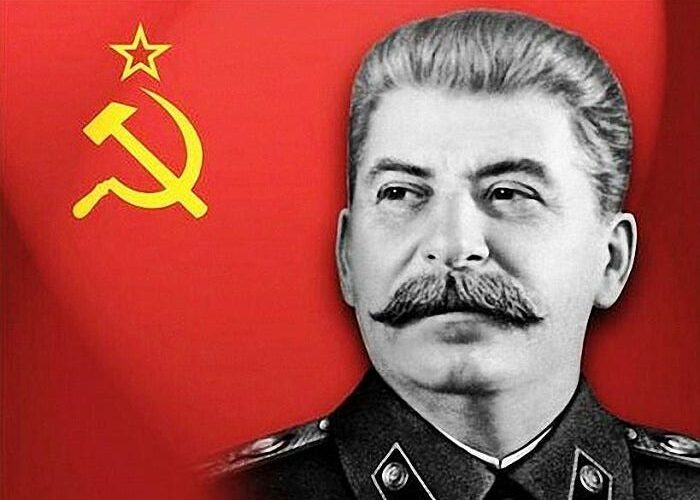
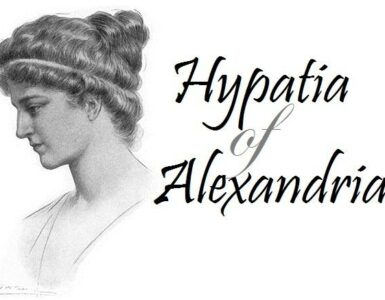
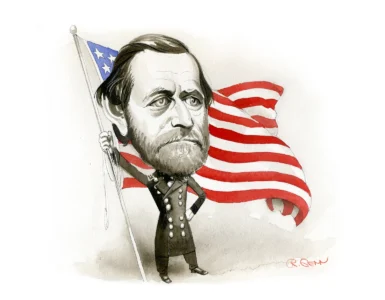
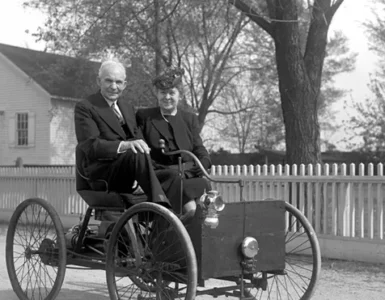
Add comment